Let’s face it: home maintenance can really cut into your personal downtime and add to a long list of chores that may already be driving you crazy.
It’s no wonder that homeowners are looking for simple ways to home maintenance less stressful!
Narrowing down the amount of work that you need to do on your roof every season is one of the more effective ways to reduce that list of chores.
Australian homeowners opt to take this a step further by opting for brush gutter guard installation which in turn reduces blocked and broken gutters.
Why Add Gutter Guards?
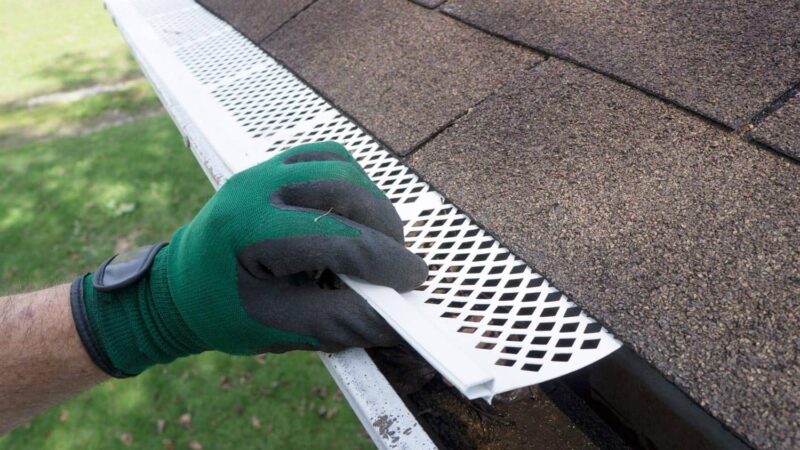
If you’re not familiar with gutter guards, you’ll be forgiven for thinking it just adds to roof maintenance. The reality is that gutter guards are quite possibly the best thing you can do for your roof this season. Here’s why:
- Prevents blockages caused by leaves and twigs
- Reduces rust and corrosion caused by water trapped in the gutters
- Can increase fire protection as they reduce the amount of dry leaves in the gutters
- Minimises the risk of gutter freezing during the colder months when ice can build up in the gutters
- Deters rodents and insects from moving into the gutters and using dry leaves to create nests
- Reduces cleaning time and effort as many gutters may need to be cleaned every season in high-rainfall areas
- Increases safety as blocked gutters can become heavy and start tearing away from the house
- Can optimise rainwater collection if you have a system that collects rainwater for garden use in the drier months
- Reduces the risk of property damage as a result of water damage, especially when water pools against the foundation
A Wide Selection to Choose from
Another point you need to be aware of when it comes to gutter guards is that there are several different options to choose from. Essentially, the type of gutter guard you choose is determined by factors such as type of roof, budget, and personal preference. Our experts have compiled a breakdown of the various types of gutter guards you can consider.
1. Brush Gutter Guards
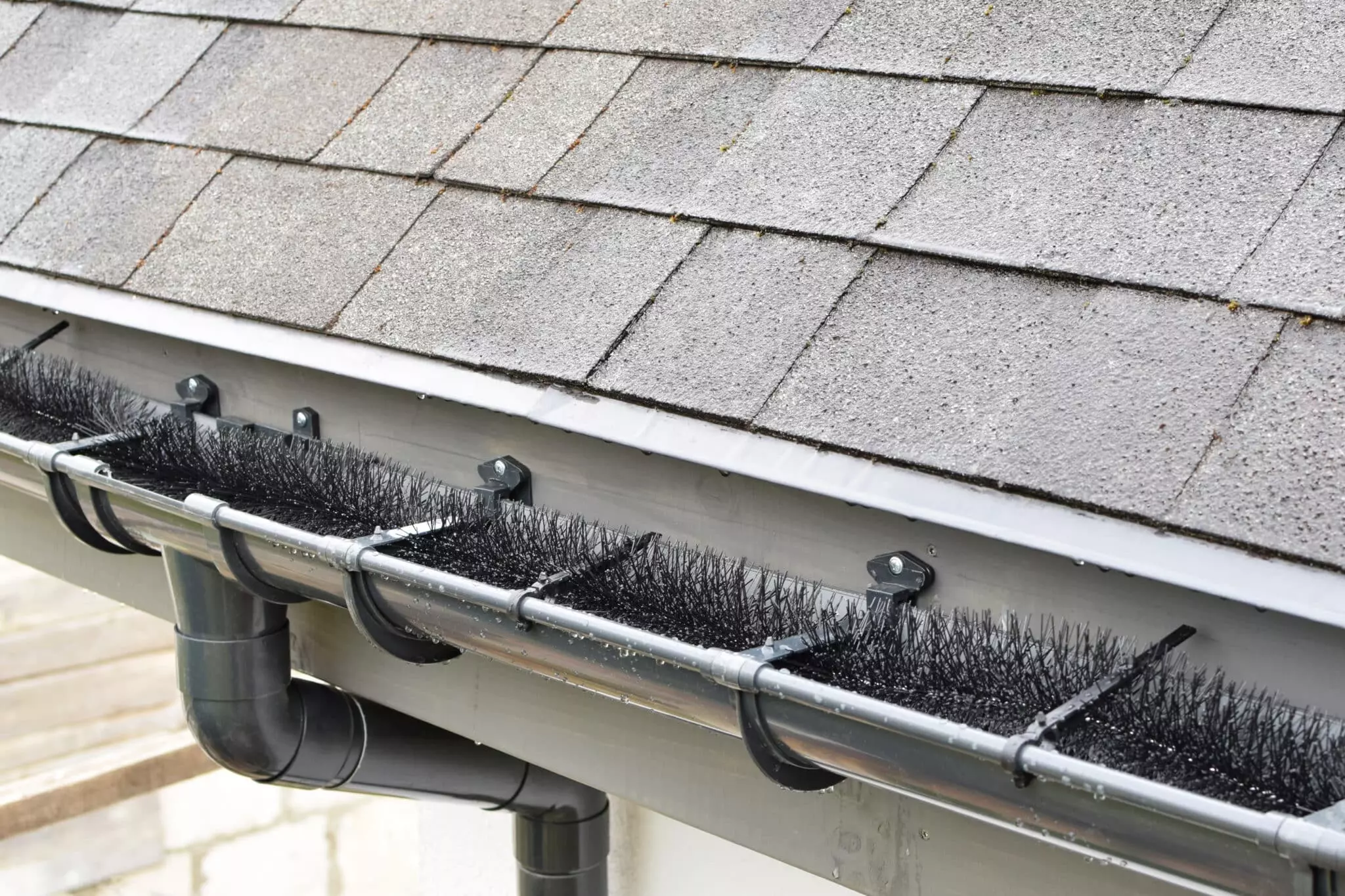
Many DIY homeowners prefer the simplicity of brush gutter guards because they are relatively easy to install and are often more cost-effective. Essentially these types of gutter guards are brushes that are installed in the gutter reservoir.
The brush then lies in the space that would normally be filled with leaves and other debris that create potential blockages. Despite lying in this space, the brush doesn’t prevent rainwater from flowing through the gutter. Another plus of brush gutters is that they can be easily cut to size and don’t require additional fittings to keep them in place.
2. Internal Mesh Gutter Guards
This particular gutter guard is by far the most popular choice by Australian homeowners. Unlike many of the other options, these guards are installed directly on the roof.
An angled slop is created over the gutter to ensure that leaves and other debris pass over the top of the gutter without creating a blockage. While it’s true that this option is often more costly than other choices, it’s essential to keep in mind that installation involves a more complex process.
3. Box Gutter Guards
As the name suggests, box gutter guards are box shaped and work best with square or rectangular-shaped gutters. Since these gutters are ideal for areas with above-average rainfall, having a gutter guard that fits into the gutter adds to the performance of your larger gutters.
4. Steel Mesh Gutter Guards
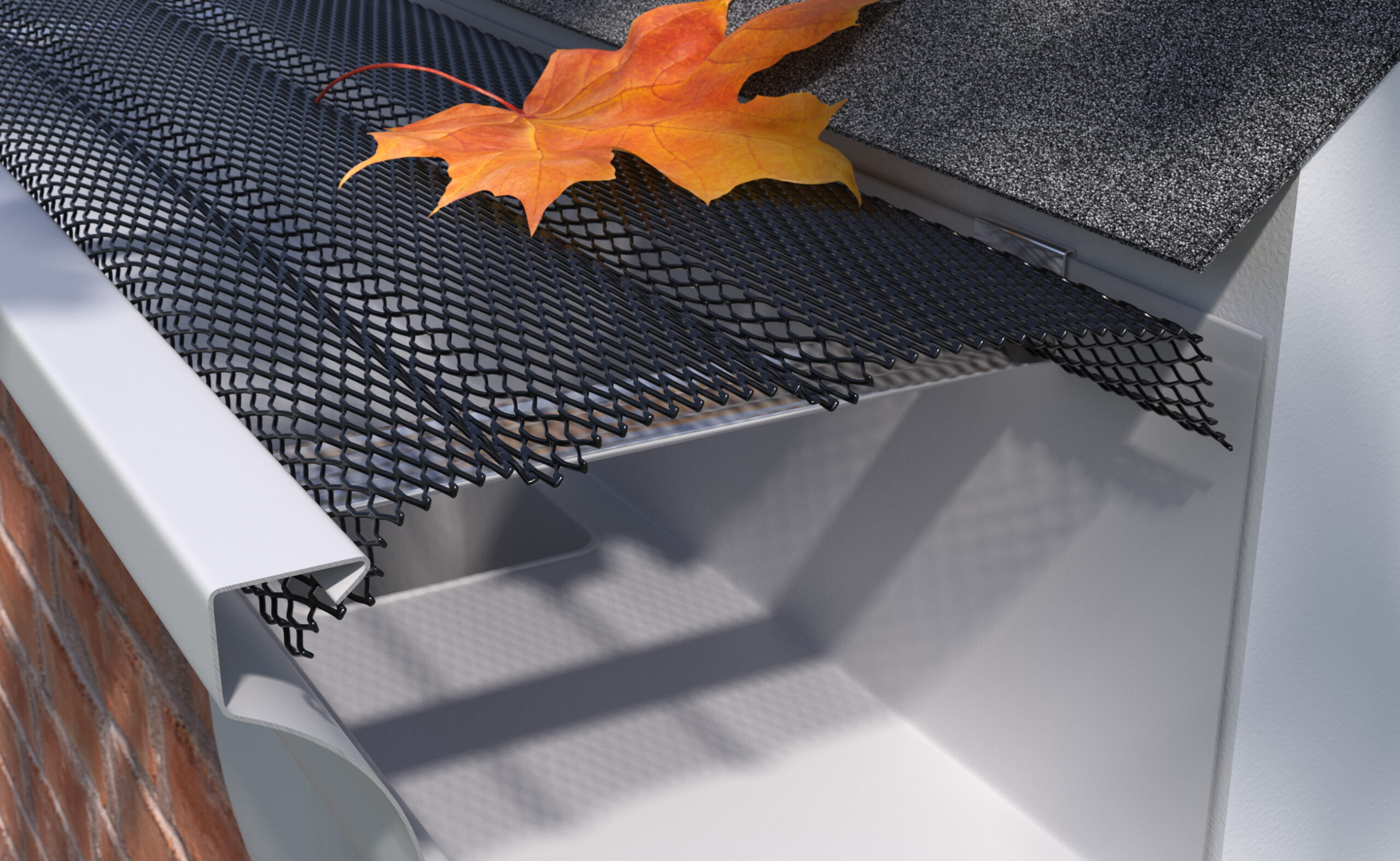
Typically, gutter mesh is made from a fine mesh which is similar to screen material. This guard is placed over your standard gutter to keep external debris and pests out. Because of its thin material, it can easily let water pass through without the debris.
5. Poly Gutter Guards
Poly gutter guards are made from polyethene or PVC. They are designed with tiny holes that allow maximum water flow while keeping leaves and debris out. PVC is UV-stabilized, durable and weather-resistant. These types of gutters are ideal for coastal applications and are also a highly effective bird-proofing measure.
6. Leaf Guards
Leaf guards are all-in-one gutter and guard systems that are designed with a reverse-curve design to promote self-cleaning. The goal of this design is to reduce the need for frequent cleaning.
Typically, a leaf guard system is made of aluminium, that’s usually at least 20% thicker than the industry standard, making it stronger than any other gutter and guard system. Leaf guard is
guaranteed to be clog-free, minimising the risk of blockages that can cause water damage to your home.
7. Foam Gutter Guards
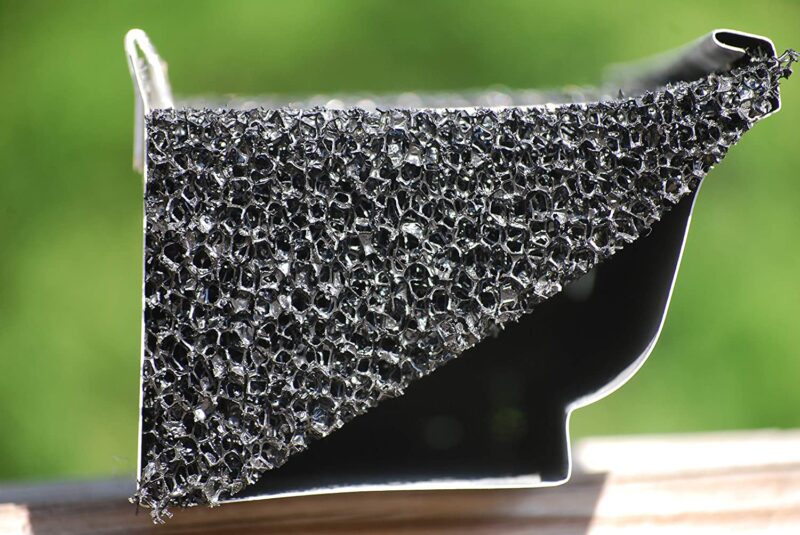
Foam gutter guards are a popular choice for homeowners looking for an easy-to-install and budget-friendly option. These guards consist of foam inserts that fit snugly into the gutters, allowing water to flow through while blocking debris.
The porous nature of the foam ensures that rainwater can easily pass through, but leaves, twigs, and other debris are kept out. Foam guards are lightweight, easy to handle, and can be cut to fit any gutter length, making them a versatile choice for DIY enthusiasts.
8. Micro-Mesh Gutter Guards
Micro-mesh gutter guards are designed with ultra-fine mesh to provide superior filtration. This type of guard is excellent for areas with heavy foliage or where fine debris like pine needles and shingle grit are common.
The fine mesh prevents even the smallest particles from entering the gutters while allowing water to flow freely. Installation may require professional assistance due to the precise fitting needed, but the long-term benefits of reduced maintenance make it a worthwhile investment.
9. Reverse Curve Gutter Guards
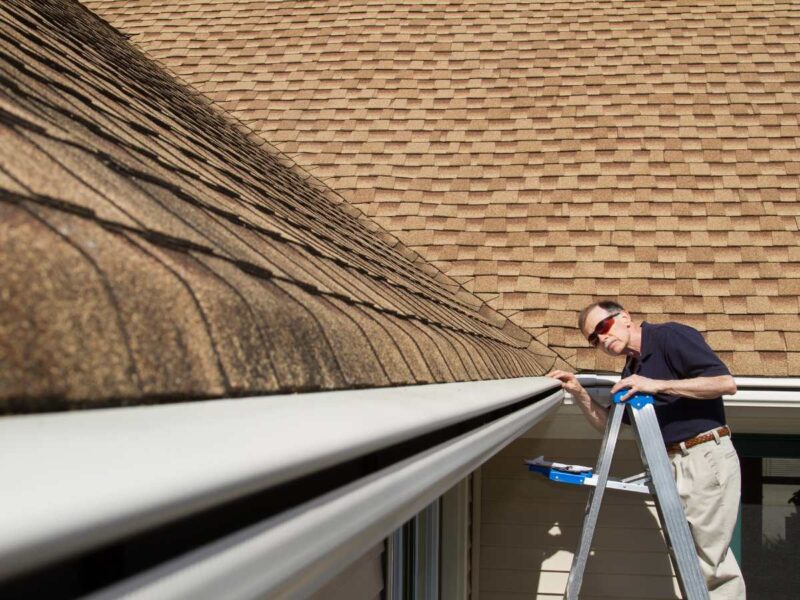
Reverse curve gutter guards are engineered to use the principle of surface tension to direct water into the gutter while debris slides off the edge. These guards are typically made from durable materials like aluminum or high-grade plastic.
They are installed at an angle, which encourages leaves and larger debris to fall to the ground rather than accumulate in the gutter. This design is particularly effective in areas prone to heavy rainfall, as it ensures optimal water flow and minimizes the risk of blockages.
Final Thoughts
If you’re looking for ways to safeguard your roof from blocked gutters and simultaneously reduce the amount of time you spend cleaning them, gutter guards are the solution. Additionally, you’ll be keeping your home safe from potential water damage and there’s less chance of blocked gutters rusting. Keeping your gutters clean has never been easier or more effective!

